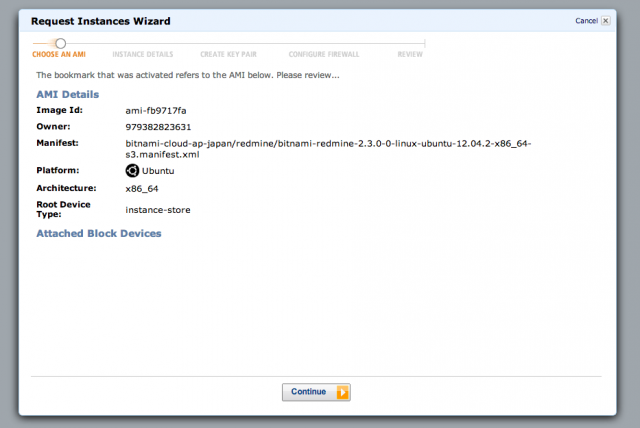

The step could be skipped and configured later but in our example here we will fill it. This setting that follows is about email configuration in relation to the core Redmine feature of email notifications.

In this step you have to choose the database port, it again suggests you a free one, so please pick it.Īnd now you have to put the appropriate language for you for the default data configuration (it is a different thing from the language change at the beginning of the guide). Select a port where Redmine will be available. There should be at least 1 administrator. Otherwise, there will be no chance to manage your Redmine. In this window, you have to create your administrator account. We put it into the default directory that the installer suggests. Ok, now please select the directory where you would like your Bitnami Redmine to be installed. If you wish, you could also add PHPMyAdmin or Git. In our example, we will choose only the ones that are required (and cannot be unchecked): Now, we have to choose the components that have to be installed. It is not much for choosing from here, just click on the Next button to continue further. When you double-click on the installer, the first window that pops up is the one for choosing the correct language for you.Īfterward, the main setup window comes. The installer file looks like this afterward.
#Bitnami redmine cloud default password download#
Firstly, you have to download the very latest Bitnami Stack Redmine from the official site of Bitnami.


 0 kommentar(er)
0 kommentar(er)
